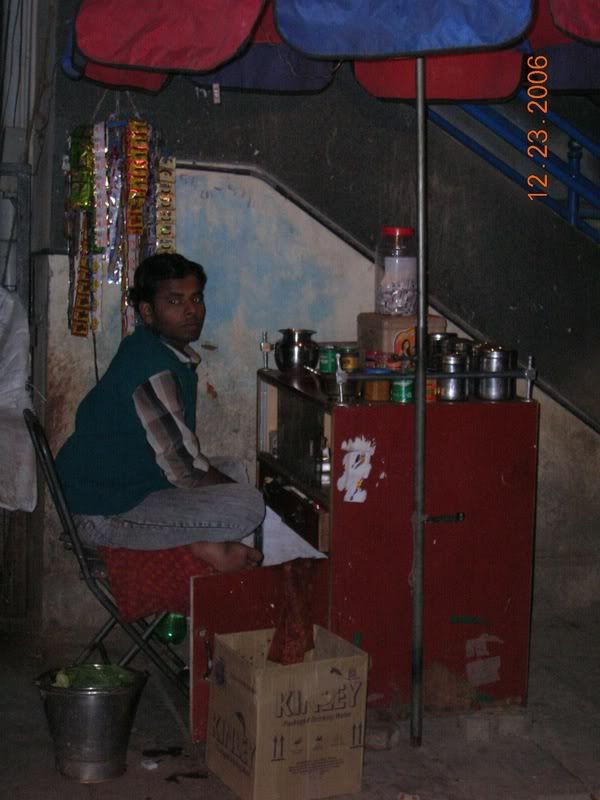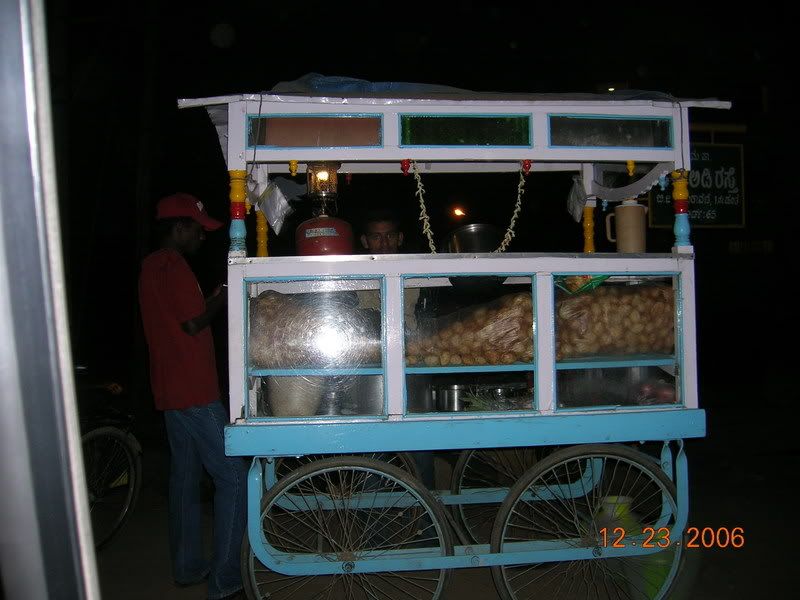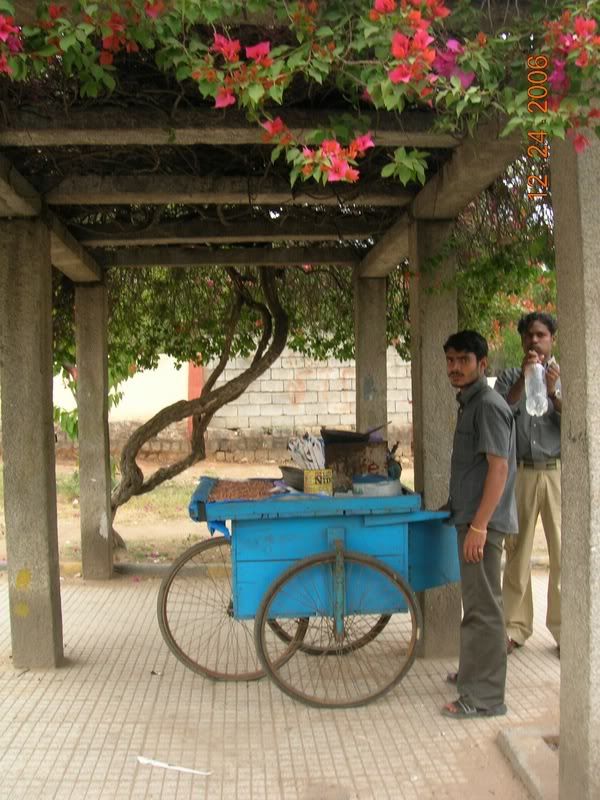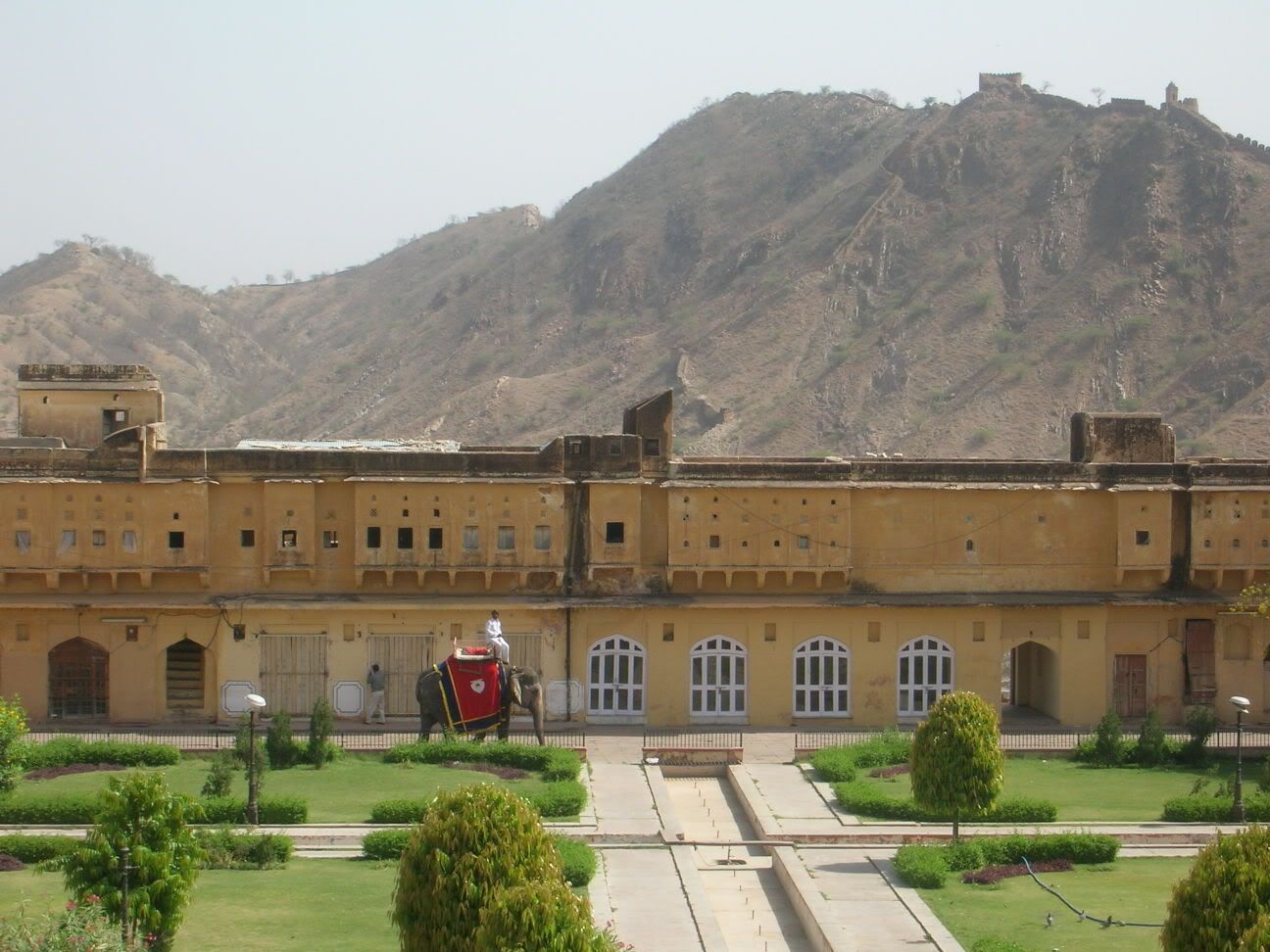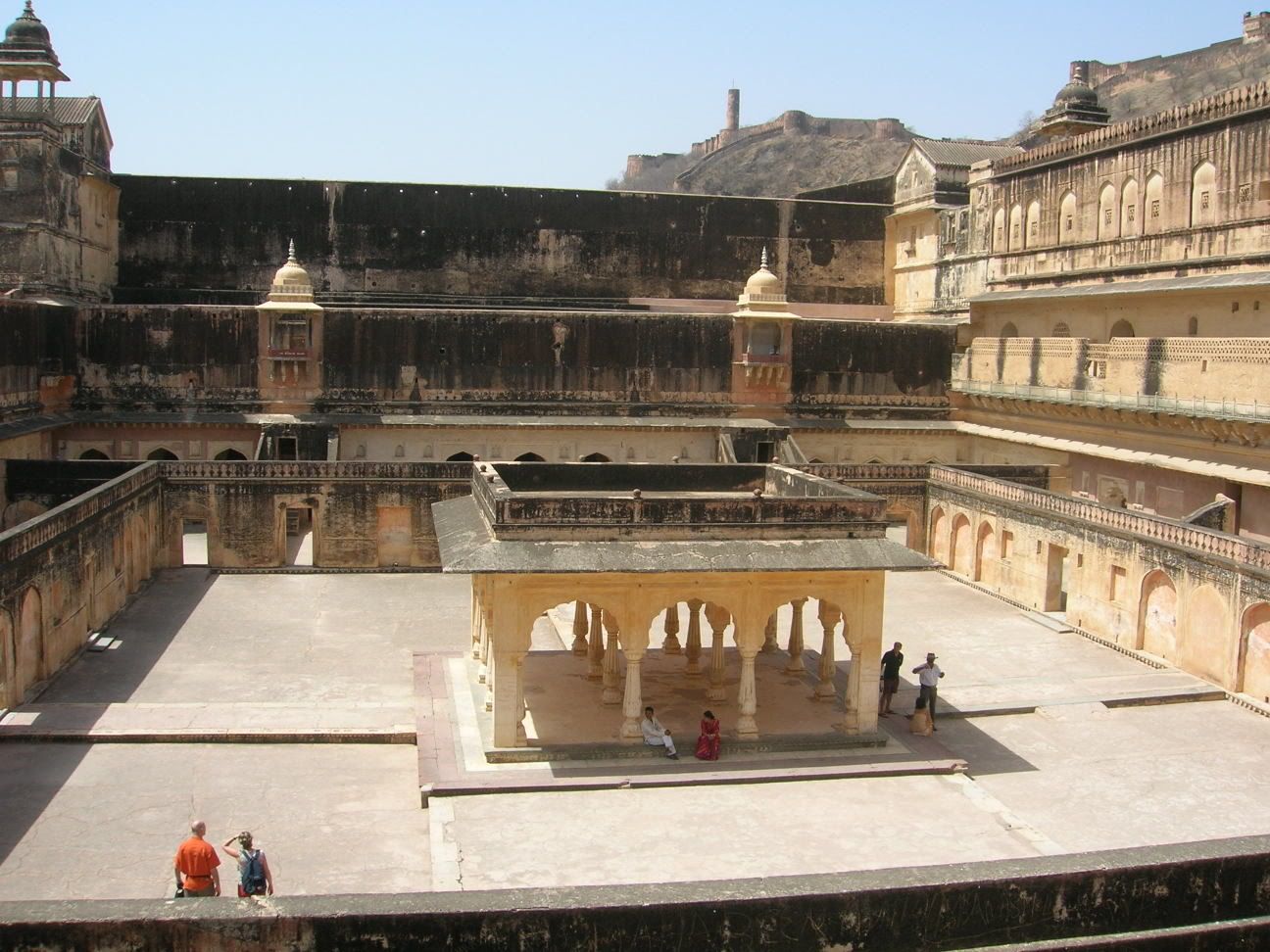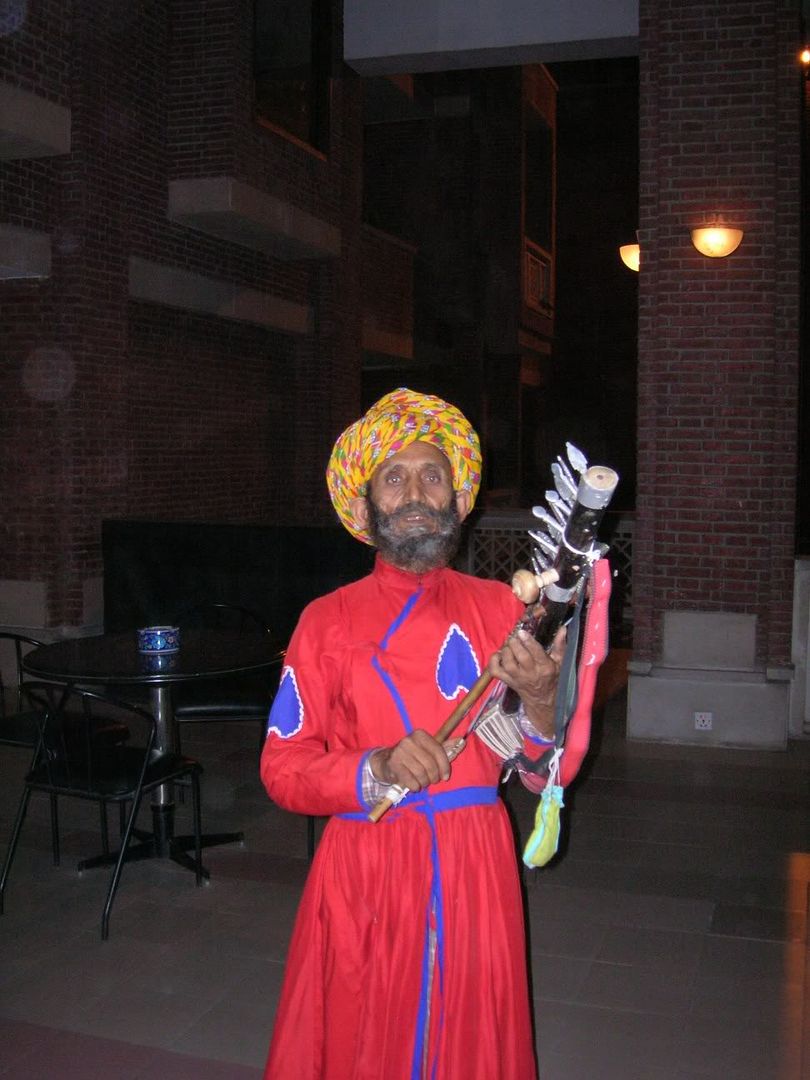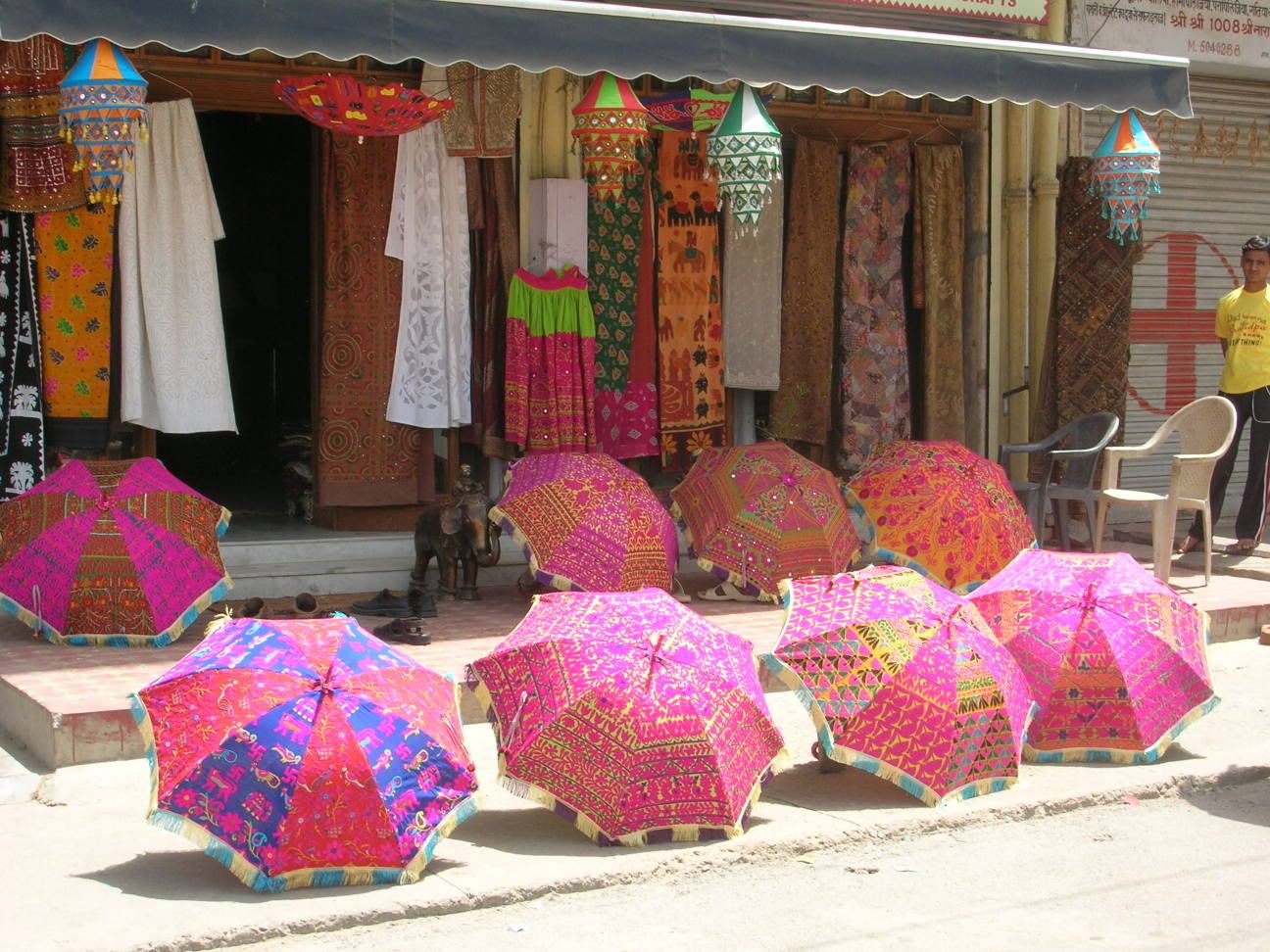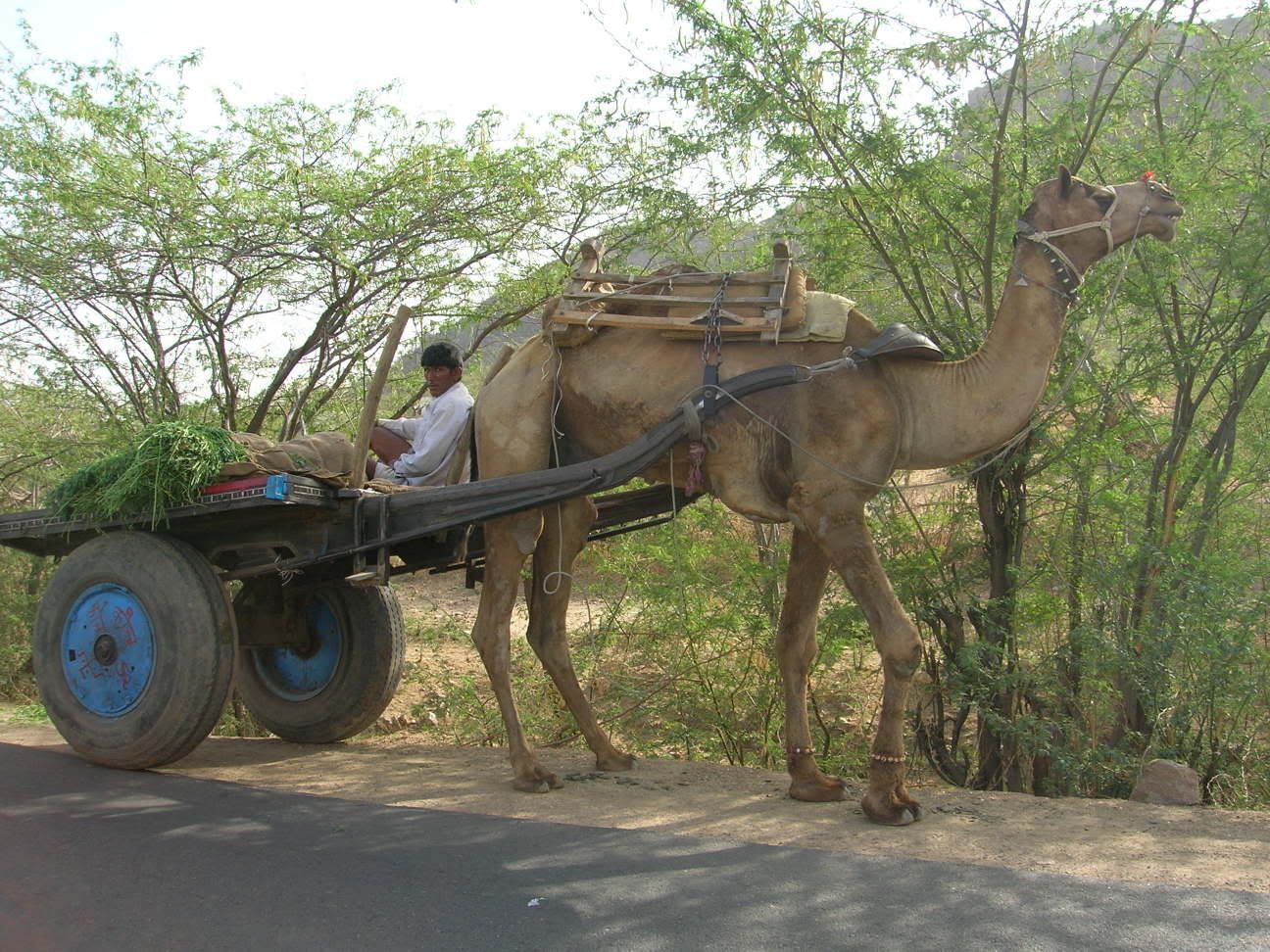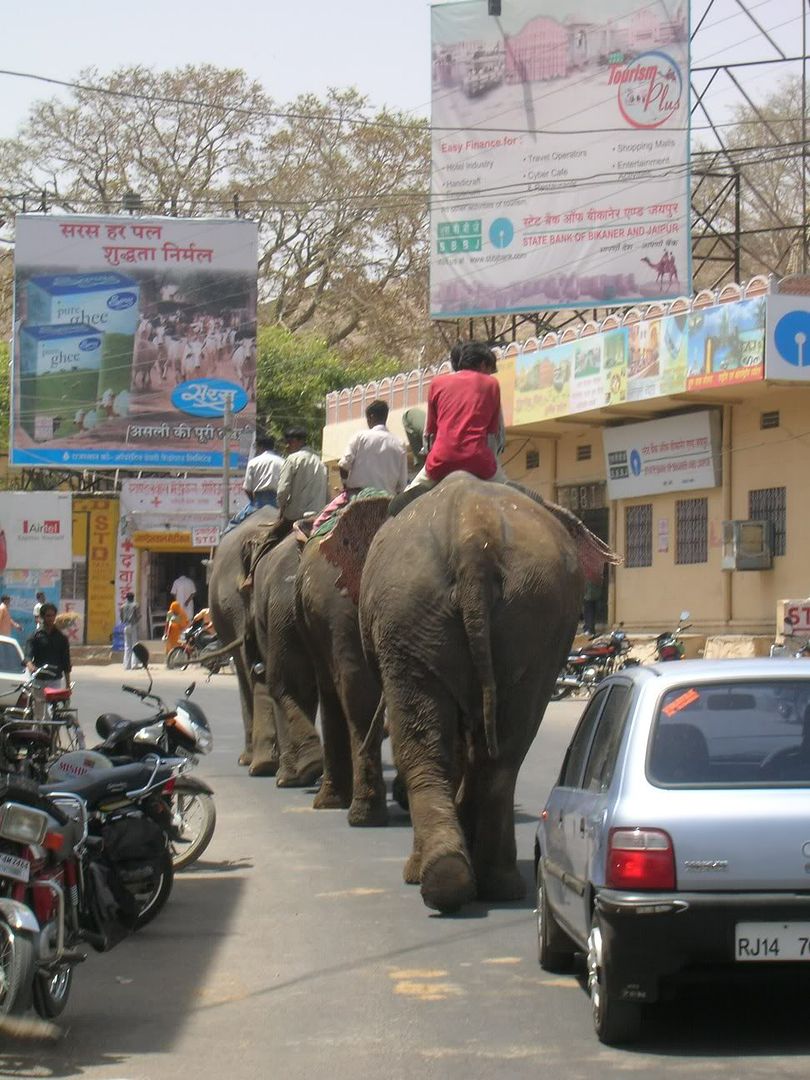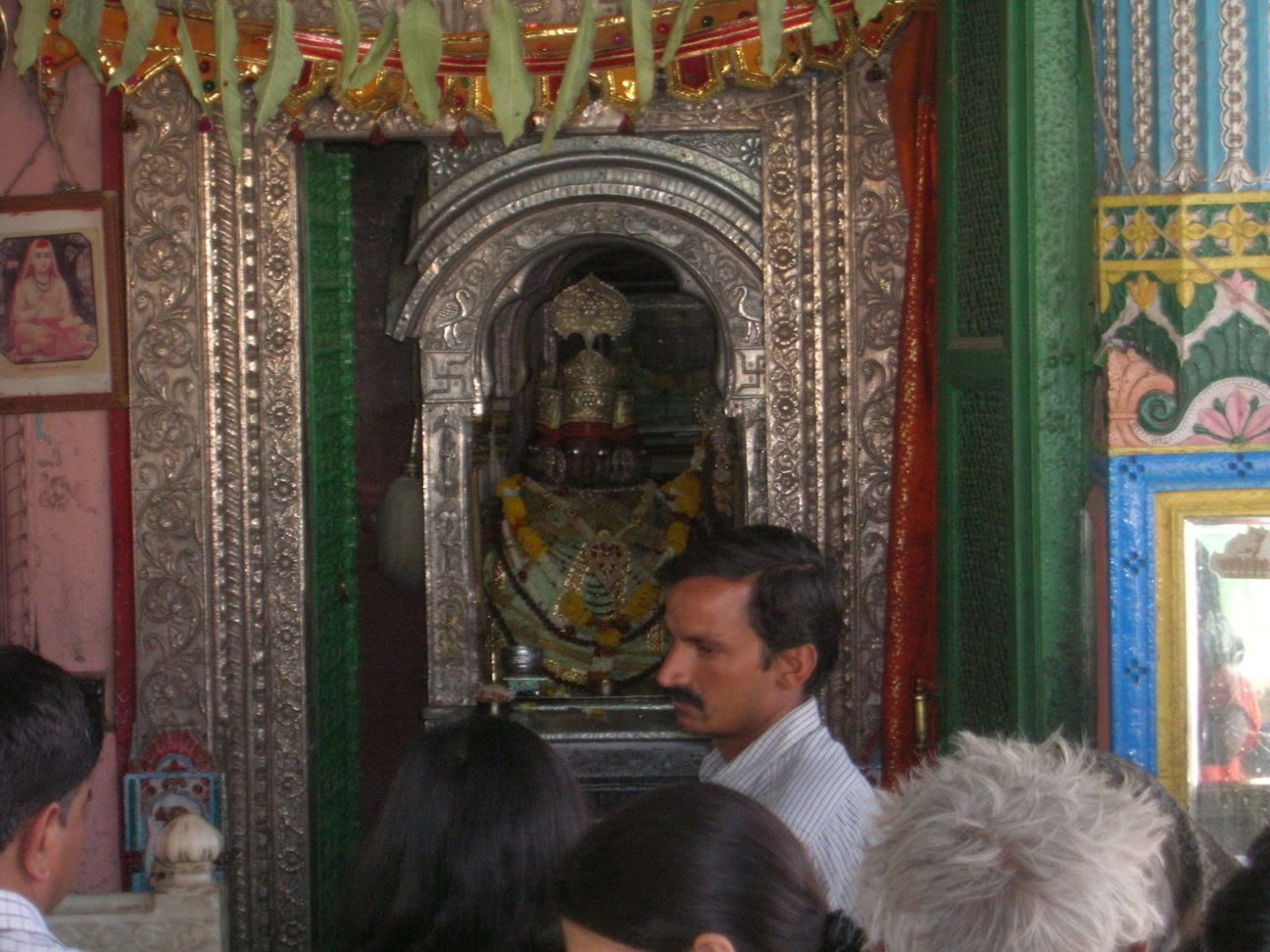It hit me finally on the British Airways flight from London to Washington, D.C. Something was terribly wrong. I was six weeks pregnant and I was bleeding heavily.
In the days leading up to the flight, I had refused to believe that my pregnancy was coming to an end. Two gynecologists and one radiologist (who performed the ultrasound scan) in Bangalore had told me that things were not progressing well - they should have been able to see the baby's heartbeat by then but they could not. Was I sure of my dates, each of them had asked. Any history of miscarriages?
I was convinced that the problem was not at my end. Perhaps the scanner was outdated. Perhaps the radiologist did not know what he was doing. Perhaps the gynecologist was counting the weeks from the wrong date. Spotting is common, isn't it, in the first few weeks of pregnancy? Perhaps this was implantation bleeding.
Things could really not be going wrong. There was not even an inkling of a problem the first time around, when I was pregnant with Big N. I did not even have morning sickness. So how could my pregnancy not be progressing well this time?
I decided I needed to get back to the US, back to the same environment that I was in during my first pregnancy. May be that would make the niggling problems of spotting and no heartbeat go away. I was not thinking rationally but my plans made perfect sense to me then. So I advanced the date of my departure flight and still upbeat about having a second child and a sibling for Big N, he and I started on our journey back to the US.
The flight from Bangalore to London was uneventful though a little hectic with Big N (then just past three years old) and two large suitcases and a
carry on.
Once on the flight, things progressed smoothly. Big N walked over to the young, newly-married woman who was sitting behind us and was being his usual chatterbox (on every single flight, he ditches me at the first opportunity and goes off to find someone else to talk to and play with). I smiled
apologetically at her, letting her know she could send him back if she had had enough. She said, no, she was having a good time. I was happy to let them both be, seizing the opportunity to visit the restroom.
I came out shaken. I sat in my seat, Big N came over to see where I'd been. I pulled him over, hugged him and willed the tears to stop. They did not. The sobs came out unbidden and the two mothers who were sitting to my left, both with small babies on their laps turned to me. Are you
ok, they asked? I explained to them, between sobs and wiping my tears, what was wrong. Their expressions of concern relaxed somewhat. One of them told me she had bled as well when she was pregnant with her daughter but everything had turned out fine. There's nothing to worry about, they said.
By then Big N was getting anxious. He did not know why I was crying and was wiping my face with his forearm. One of the
air hostesses (I named her Big Bertha) walked over and I repeated my story, feeling better somewhat and beginning to think once again that it was no big deal. But Big Bertha thought otherwise. She went on a war footing. She brought over the head steward who went around the plane looking for a doctor. He finally found one in First Class who advised that I should lay flat on my back and rest completely until we reached Washington. "We're flying over the Atlantic," the head steward said, "so we cannot land the plane anywhere soon." "Land the plane?" I thought. "It's not really that bad, is it?"
Apparently it was or they thought I would sue them or something if my condition got worse. Big Bertha decided it would be better if I went to First Class and lay down flat and she also decided that Big N should not be with me.
I decided she was off her rocker. She had no clue how to handle a young child and was convinced that keeping him from me for the rest of the flight was the right thing to do ("he will have to deal with it" was her tone). I put my foot down and took him with me to First Class.
Big N had no place to sit on that one seat if I lay flat on it. After a few minutes of squirming around, we decided to head back to our original seats. At least he had his own space. Big N went back to his friend. "Take rest," she whispered. "I'll look after Big N." I pulled the
hand rest between our two seats back, stretched my legs onto his and lay down.
Once we got home from the airport, I called my Ob/
Gyn (the practice I go to has five doctors, each of whom I had to see when I was pregnant with Big N, the thought behind this being that each of them would know me and I would know them so there would be no surprises when I went into labor; it wouldn't matter which doctor was on call that day) who said to go get an ultrasound first thing in the morning. The ultrasound confirmed the three diagnoses I had received in Bangalore. By then, I had rationalized my reaction to the whole situation. The pregnancy was not too far along, I thought. If it weren't for those ultra sensitive pregnancy tests, I would not even have found out that early that I was pregnant, I thought. I called V, told him the result. I was calm. He was calm. I drove home and as we were driving, told Big N that the baby was not growing well. I wanted to get it over with, finish talking about it.
In the evening, we visited my Ob/
Gyn who recommended that I not do anything but just to let the miscarriage take its course. I had no clue what she meant, but was happy not to take any medication since I'm not a big fan of medical interventions when there are natural alternatives. She told me to call if my bleeding or pain got so heavy that I could not manage it.
I only remembered days later that the ultrasound technician had said that my Ob/
Gyn would probably not let me go through the miscarriage but would do some kind of a procedure. I did not make the connection between those two statements then. We just went home, Big N and I went to bed to sleep off the jet lag. V went to work the next day and Big N and I unpacked and got ready to leave for Chicago in a couple of days for a family get together.
Towards the afternoon jet lag had caught up with Big N and he was already in bed. I lay down, exhausted from the journey, the emotions, the unpacking, the repacking. Suddenly my stomach started cramping in waves, from left to right, from front to back. I instantly
recognized what they were - labor pains. I was thoroughly confused. I had no clue why, if everyone said I had miscarried, I was going through labor pains.
I gingerly rolled over to my left side. The pain subsided. I relaxed and started breathing freely again. Two minutes later, the pain was back. This went on for a good fifteen minutes before it stopped. I was completely shaken out of my sleep by then. Perhaps this was what my doctor meant by pain. It was gone before I could take any medication. I got up and walked over to the closet. I might as well pack, I thought. I sat down on my haunches to get to a
chudidhar that I wanted to take.
It was then that the worst imaginable thing happened.
Whatever it was that had grown in my body for six weeks into the size of two palms held together, that thing that was going to be my baby, that thing that would have fed my baby for the next nine months, came out in a rush. I don't know why I thought of this, but I wanted to save it. I grabbed a big wad of napkins and mechanically rolled the bloody mess in it. Other than cleaning myself up and saving that thing, there was no thought in my head.
I went down to the kitchen, got a paper bag and put the napkin wad in the paper bag and called the on-call doctor. She came on the line. I got my name out. That was all.
I held the phone and bawled.
I did not know why I was crying. I thought I had felt perfectly all right until then. But I could not bring myself to explain to the doctor what had happened. The doctor's kind voice did not make it any better. I was suddenly filled with sorrow. Sorrow for the baby that was not to be, sorrow for the placenta that had grown, so full of expectation that it would feed my baby but now was lying waste in the paper bag, sorrow for all the
anticipation for the following nine months that had been laid bare, sorrow for the emptiness I felt in the middle of my stomach.
A while later during which the doctor patiently held on to the phone, all cried out, I asked what to do with the paper bag. She gently said to bring it to the clinic the following day and set up an appointment to see the head Ob/
Gyn. They might have to do a D&C she said.
Two days later, we scheduled a D&C. They put me under and my doctor scraped out whatever residue was left. As we were driving home, V said the doctor told him I kept saying "home" over and over during the procedure.
They say in the stock markets that past performance is no guarantee of future results. That is a great life lesson.
P.S.: I never got to see the young woman who sat behind us on the London-Washington, D.C. flight when we got off the plane. I wanted to thank her for her kindness and for her help. I did not feel alone on that flight.
And thank you to my doctor who just listened to me cry over the telephone.
Update:I wanted to draw your attention to an amazing but thrilling story. A friend of mine who was pregnant about three months ago started bleeding profusely. She went to her doctor who advised her to get a D&C done. Well, a few days ago she thought she had become pregnant again, visited another
gynec and discovered that her previous pregnancy had not
in fact ended in miscarriage and that she was 15 weeks pregnant!
This probably happens in the rarest of cases, but the lesson in this is to get a second opinion. I don't want to raise false hopes through this story, but do want to alert you to the need to be deeply involved in the medical procedures that are carried out and the medical advice that is given to you.
